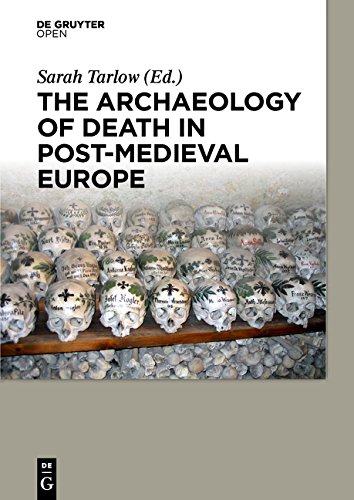
The Archaeology of Death in Post-medieval Europe
by Sarah Tarlow (ed.)
Publisher: Walter de Gruyter & Co. 2015
ISBN/ASIN: 3110439727
Number of pages: 237
Description:
There is now a real appetite on the part of those researching the burial practices of the last 500 years or so for an opportunity to present and discuss our work. This volume represents, we hope, an early contribution to an international discussion of what is still a new and fragmented area of archaeological research.
Download or read it online for free here:
Download link
(multiple PDF files)
Similar books
 Archaeology 2.0: New Approaches to Communication and Collaboration
Archaeology 2.0: New Approaches to Communication and Collaborationby E. C. Kansa, S. W. Kansa, E. Watrall - eScholarship.org
How is the Web transforming the professional practice of archaeology? How can we best understand the possibilities of the Web in meeting the specialized needs of professionals? These are among the many questions posed and addressed in this book.
(8040 views)
 The Archaeology of Sulawesi
The Archaeology of Sulawesiby Sue O'Connor, David Bulbeck, Juliet Meyer - ANU Press
The central Indonesian island of Sulawesi has recently been hitting headlines with respect to its archaeology. It contains some of the oldest directly dated rock art in the world, and some of the oldest evidence for a hominin presence ...
(3809 views)
 Light from Ancient Campfires
Light from Ancient Campfiresby Trevor R. Peck - AU Press
The book gathers together a comprehensive prehistoric archaeological record of the Northern Plains First Nations. Author Trevor R. Peck reviews the many changes of interpretation that have occurred in relevant literature during the last two decades.
(10467 views)
 The Petrie Museum of Egyptian Archaeology
The Petrie Museum of Egyptian Archaeologyby Alice Stevenson - UCL Press
The Museum holds more than 80,000 objects and is one of the largest and finest collections of Egyptian and Sudanese archaeology in the world. The book moves back and forth between recent history and the ancient past, between objects and people.
(6781 views)